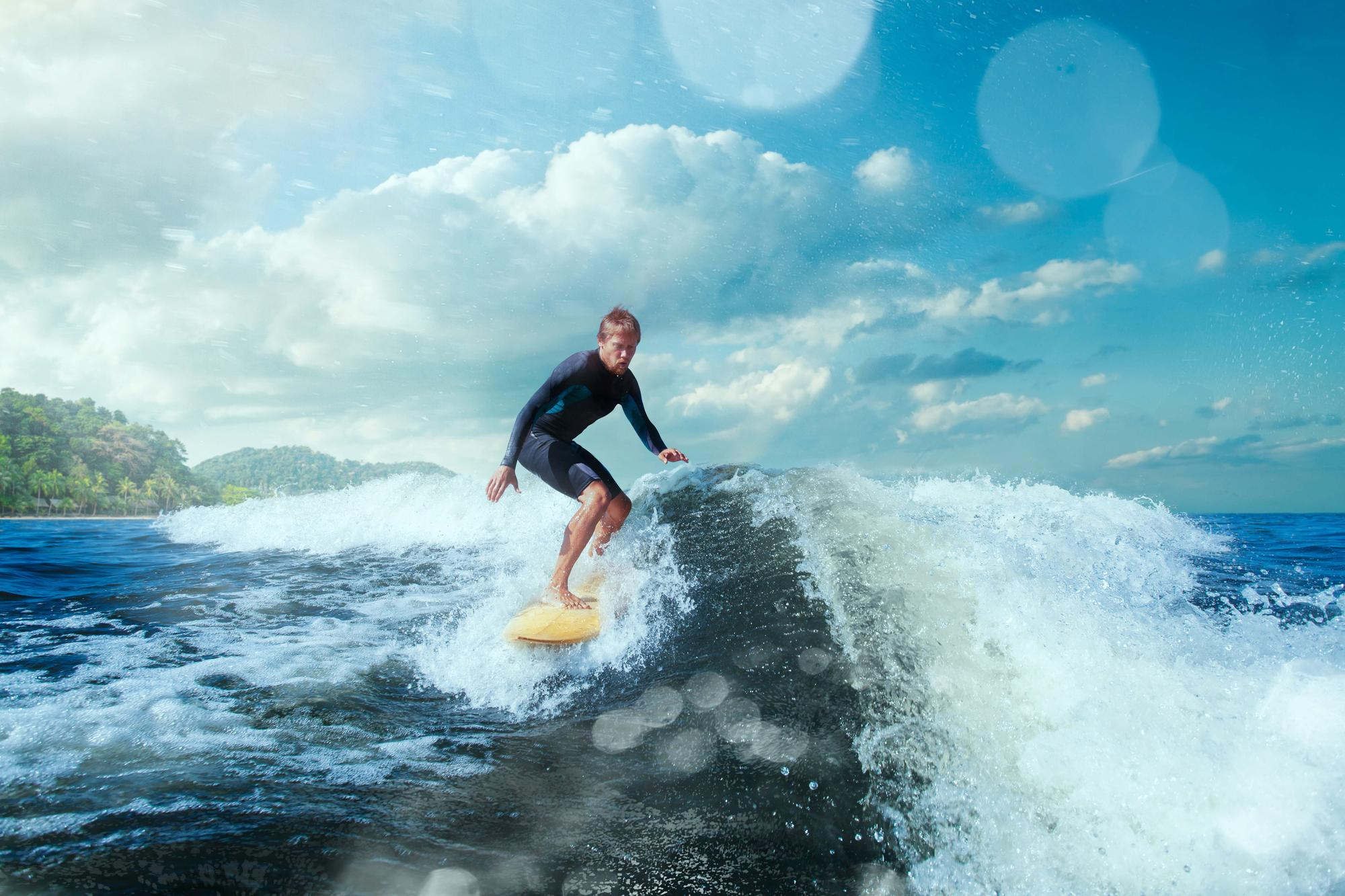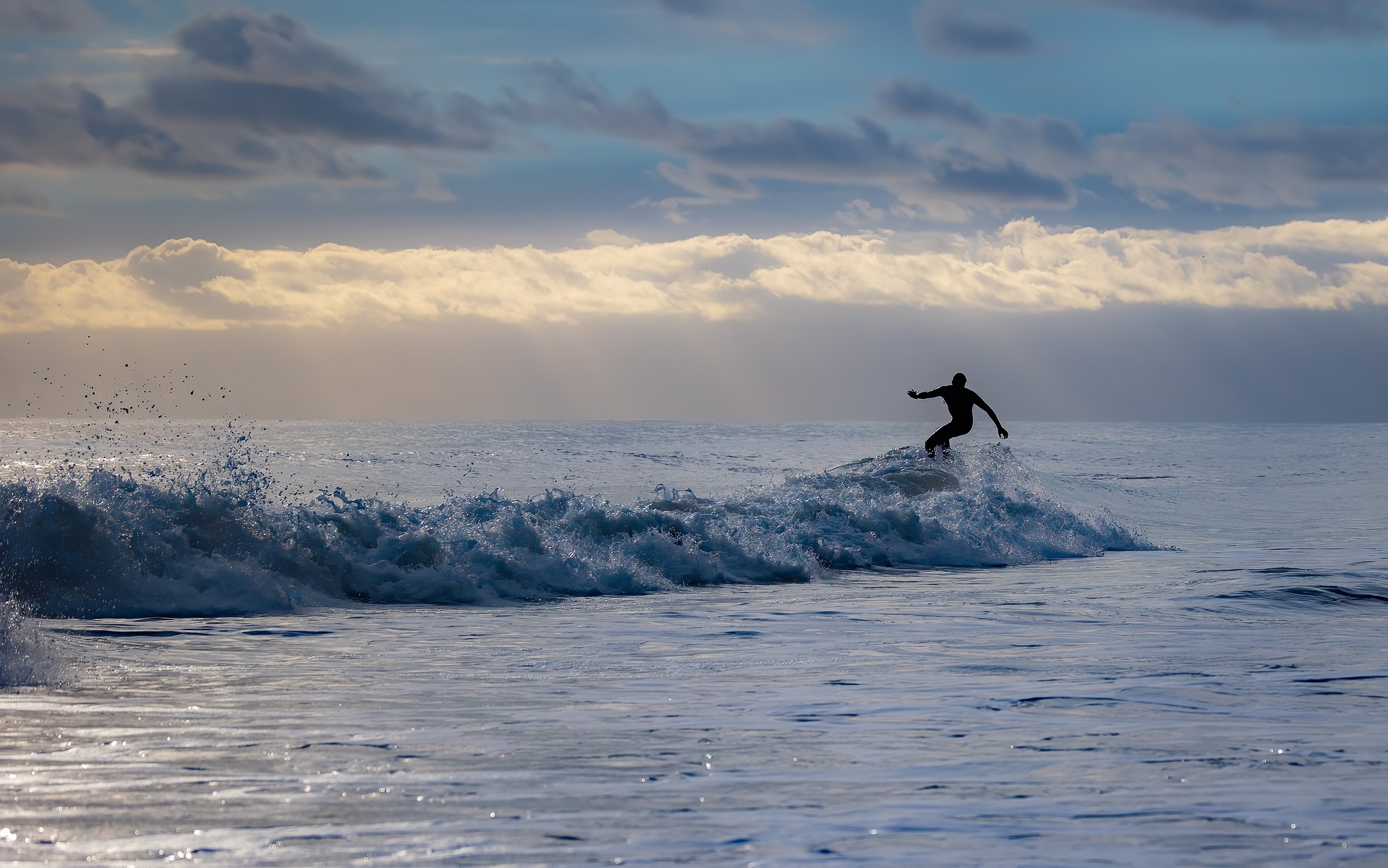Surf culture has grown from a niche activity to a global phenomenon. With its roots tracing back to ancient Polynesia, surfing now shapes lifestyles and communities worldwide. This post will explore the history of surf culture, its vibrant lifestyle, and the significant impact it has on society today. Whether you ride the waves or simply admire the sport, the evolution of surf culture is fascinating and worth understanding.
The Historical Roots of Surf Culture

Origins of Surf Culture in Polynesia
Surf culture has a rich history rooted deeply in the traditions of Polynesia. Here, surfing was not just a pastime; it was a significant cultural activity that combined sport and spirituality. Among the ancient Hawaiians, riding the waves was more than an exhilarating experience. It acted as a vital link between the people, their gods, and the vast ocean that surrounded them. This connection gave surfing a sacred quality and made it an essential part of their community life.
Introduction to the Western World
The Western world first became aware of this unique practice through Hawaiian royalty. Duke Kahanamoku emerged as a prominent figure in the early 1900s, introducing surfing to an international audience. As a skilled athlete and charismatic personality, he captivated many with his surfing talent. Kahanamoku’s demonstrations and competitions ignited worldwide interest in the sport, leading to a growing admiration for surfing.
Evolution of Surf Culture in the Mid-20th Century
The mid-20th century marked a transformative era for surf culture. Many World War II veterans returned home with a newfound passion for riding waves. Their experiences during the war and time spent in the Pacific Islands fueled a strong desire to surf. This increase in participation helped lay the foundation for modern surf culture. Significant advancements in surfboard design also played a crucial role during this time. Innovations made boards lighter and more maneuverable, allowing surfers of all skill levels to enjoy the sport. Hollywood further contributed to the rise of surf culture in the United States. Films like “Gidget” showcased the lifestyle of surfers and portrayed them as adventurous and carefree. Together, these elements transformed surfing from an ancient practice into a prominent global trend, which continues to thrive today.

Surfing as a Lifestyle

The Essence of Surfing
Surfing is not merely a sport; it embodies a unique lifestyle built on essential values. Surfers develop a deep bond with nature, recognizing the ocean as a powerful and vital force. This connection fosters a sense of respect for the sea and its unpredictable nature. The essence of surfing includes a strong emphasis on freedom and adventure. These elements allow surfers to express themselves in ways that reflect their personalities, both in the water and beyond.
Fashion in Surf Culture
Fashion is a key aspect of surf culture, shaping how surfers present themselves. Popular brands such as Quiksilver, Billabong, and Roxy set the standard for style within the community. Board shorts and bikinis constitute essential items in any surfer’s wardrobe. These clothing choices represent a relaxed, casual approach that matches the overall demeanor of surfing culture. Comfortable attire reinforces the laid-back attitude that many surfers embrace.

The Role of Music
Music is another important part of this lifestyle. Surf rock, especially the sounds created by bands like The Beach Boys, helps to capture the spirit of surfing. The upbeat rhythms and catchy melodies promote the carefree vibe that the surf community values. Over time, various music genres influenced by surf sounds have gained popularity, contributing to the culture’s growth.
Global Expansion of Surfing
On a global scale, surfing has expanded significantly. Many countries have embraced and adapted surfing, creating unique regional styles and communities. Surf spots now flourish in diverse environments, from coastal towns to tropical beaches. These vibrant surf communities make surfing a universal lifestyle that captivates people from all walks of life. Whether in California, Australia, or Japan, the surfing spirit continues to resonate, inviting new enthusiasts to join in the experience.
Cultural and Economic Impact

Surf Tourism and Economic Growth
Surf hotspots such as Hawaii, Bali, and Australia are crucial to their local economies, mainly through surf tourism. This industry creates a flow of money from tourists eager to ride waves, take surf lessons, and enjoy unique experiences. These visitors contribute significantly to hotels, restaurants, and local shops. The presence of surfers also promotes job growth in these regions.
Environmental Impact and Activism
Beyond economics, the surf community is a strong advocate for environmental issues. Many surfers actively participate in beach and ocean clean-ups, helping to keep these natural spaces healthy. They often raise awareness about pollution and the importance of protecting marine life. Environmental campaigns within the surfing community encourage sustainable practices, influencing both surfers and tourists to respect nature.
Surfing in Popular Culture
Surfing has a significant presence in popular culture, appearing in films, television shows, and advertisements. This exposure helps shape how the general public views the sport, attracting new fans and tourists. Extreme sports events, like the World Surf League and surfing competitions at the Olympics, further showcase the skills of talented surfers. These events inspire viewers and can ignite interest in trying out surfing.

Challenges and Future of Surf Culture
Overcrowded Surf Spots
Surf culture faces several pressing challenges today, with overcrowded surf spots being a significant issue. Driven largely by tourism and over-commercialization, popular surfing destinations are experiencing an influx of visitors that can overwhelm local resources and ecosystems. This surge in numbers often leads to crowded waves, where competition for space can diminish the riding experience for both locals and tourists. The degradation of these surf sites is a concerning outcome, as overuse can damage marine habitats and reduce the quality of surf breaks. Local surfers may find themselves struggling to enjoy their beloved spots, leading to tension among community members. Striking a balance between welcoming tourists and preserving the essence of local surf culture is essential for sustainable surfing environments.

Environmental Concerns
In addition to overcrowding, environmental concerns are increasingly at the forefront of challenges facing surf culture. Climate change poses a severe threat to the elements that make surfing enjoyable, as shifting weather patterns and increased storm activity affect wave conditions. Furthermore, rising sea levels threaten coastlines, leading to erosion and loss of access to surf spots. Many grassroots organizations and advocacy groups are tirelessly working to combat these issues by focusing on coral reef preservation and maintaining healthy waters. Initiatives to educate surfers about the importance of protecting marine ecosystems are vital for the future of surf culture, fostering a sense of accountability among local and visiting surfers alike.
The Evolution of Surfing in Modern Times
As the surf scene evolves, new technologies and innovations are transforming the sport. Breakthroughs in surfboard design enhance performance, allowing surfers to ride bigger and more challenging waves than ever before. These advancements not only cater to professional athletes but also make the sport more accessible to beginners eager to learn. Additionally, digital platforms play a crucial role in connecting surfers from around the world, enabling them to share tips, experiences, and a sense of community. Social media and online forums have created global networks that celebrate the shared passion for surfing while fostering connections among diverse surf cultures. Balancing these challenges and embracing technological evolution will be crucial for the sustainability and growth of surf culture in the future.
Conclusion
The rise of surf culture is a unique and inspiring story that defines a lifestyle and mindset beyond surfing. It traces its origins to ancient times in Polynesia, where surfing was a spiritual and cultural activity. Today, it has become a global phenomenon that promotes values such as freedom, adventure, and self-expression. The culture extends beyond the beaches to fashion, music, and mainstream media. Surf brands have made casual and iconic styles globally popular, and music, from surf rock to modern genres, has contributed to celebrating this culture. This lifestyle teaches us the importance of forming a deep connection with nature, which has become a necessity in today’s hectic urban life.
Surfing’s cultural impact as well as economic and environmental impact are significant. Surf culture has boosted coastal tourism, and surfers have played a major role in creating awareness for clean beaches and ocean conservation. But there are challenges too—tackling issues like overcrowded beaches and climate change is important. In today’s digital age, surf culture is evolving further, and new surfers are having opportunities to be part of the global community. Surfing is not just a sport, but a way of life that brings us closer to freedom and nature. Now is the time to be part of this wave and embrace the values of surf culture—freedom, nature, and community—in your life.



